Bell P63E Kingcobra > National Museum of the US Air Force™ > Display

Bell P63A Kingcobra Untitled Aviation Photo 4897519
At its core, the Bell P-63 Kingcobra proved a modest improvement over the relative failure that was the P-39 Airacobra. Though the P-39 developed into a useable platform, she never lived up to the original specifications thanks to meddling on the part of the USAAF (United States Army Air Forces). As such, the P-63 was designed with the.
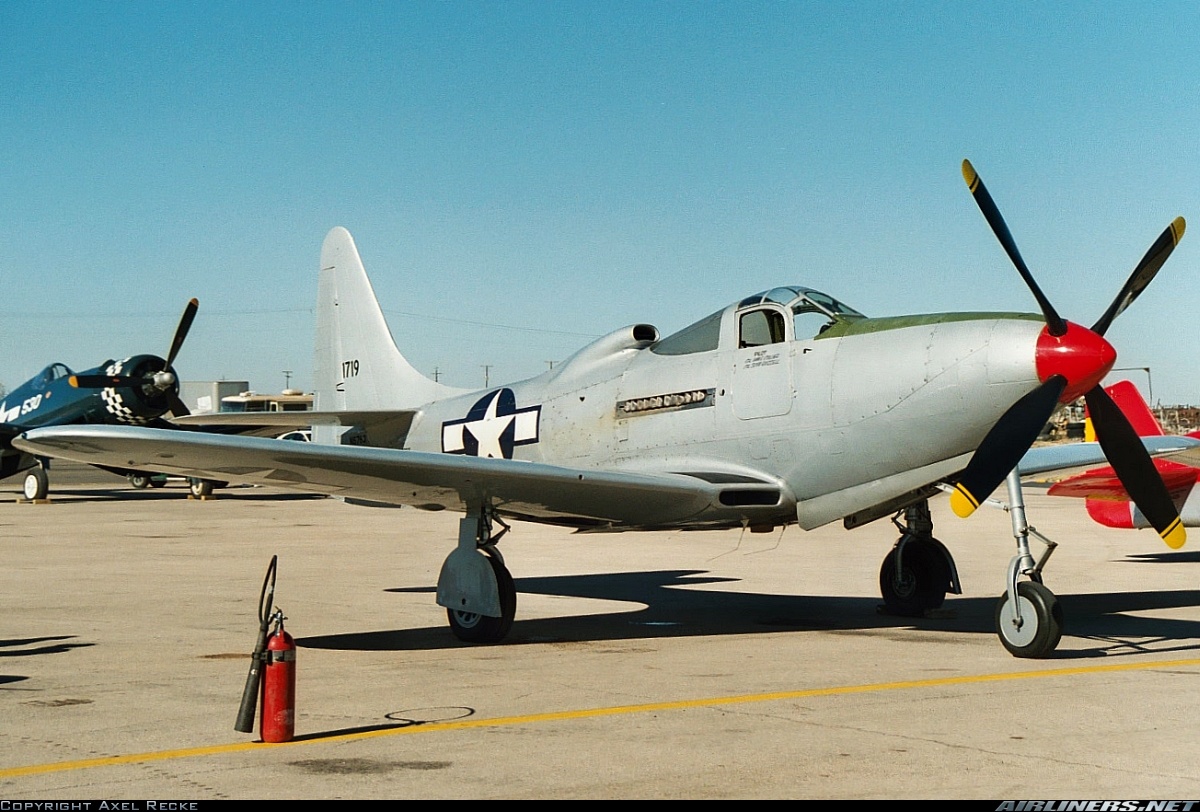
Bell P63F Kingcobra Untitled Aviation Photo 1780995
Suman Karki - December 15, 2023 Travel with me back in time, as we delve deep into the ingenious design, the majestic flight, and the impactful legacy of a marvel in the world of aviation—the Bell P-63 Kingcobra.

Bell P63F Kingcobra Confederate Air Force Aviation Photo 0736576
All six people aboard a Bell P-63F Kingcobra and the Texas Raiders Boeing B-17G Flying Fortress died when the two aircraft collided midair November 12 during the 2022 Commemorative Air Force Wings Over Dallas WWII Airshow at Dallas Executive Airport in Texas, the NTSB confirmed.

Bell P63E Kingcobra > National Museum of the US Air Force™ > Display
A Boeing B-17 Flying Fortress and a Bell P-63 Kingcobra collided at around 1:20 p.m. local time at the Dallas Executive Airport, according to a statement by the Federal Aviation Administration..

Bell P63A Kingcobra Untitled Aviation Photo 1039585
The Bell P-63 Kingcobra is an American fighter aircraft that was developed by Bell Aircraft during World War II. Based on the preceding Bell P-39 Airacobra, the P-63's design incorporated suggestions from P-39 pilots and was superior to its predecessor in virtually all respects.

Bell P63A Kingcobra Russia Air Force Aviation Photo 0434428
The P-63 Kingcobra was a unique design born out of Bell's experiences with its earlier P-39 Airacobra. Like the P-39, the P-63 featured the unusual layout of an engine located behind the cockpit, with a long drive shaft passing under the pilot's feet to power the propeller at the front of the aircraft.

Bell P63E Kingcobra > National Museum of the US Air Force™ > Display
History of Bell P-63 Kingcobra. At its core, the Bell P-63 Kingcobra was a modest improvement over the relatively failed P-39 Airacobra. Although the P-39 developed into a viable platform, it never reached original specifications due to interference from the USAAF (United States Army Air Force). As such, the P-63 was designed to improve upon.
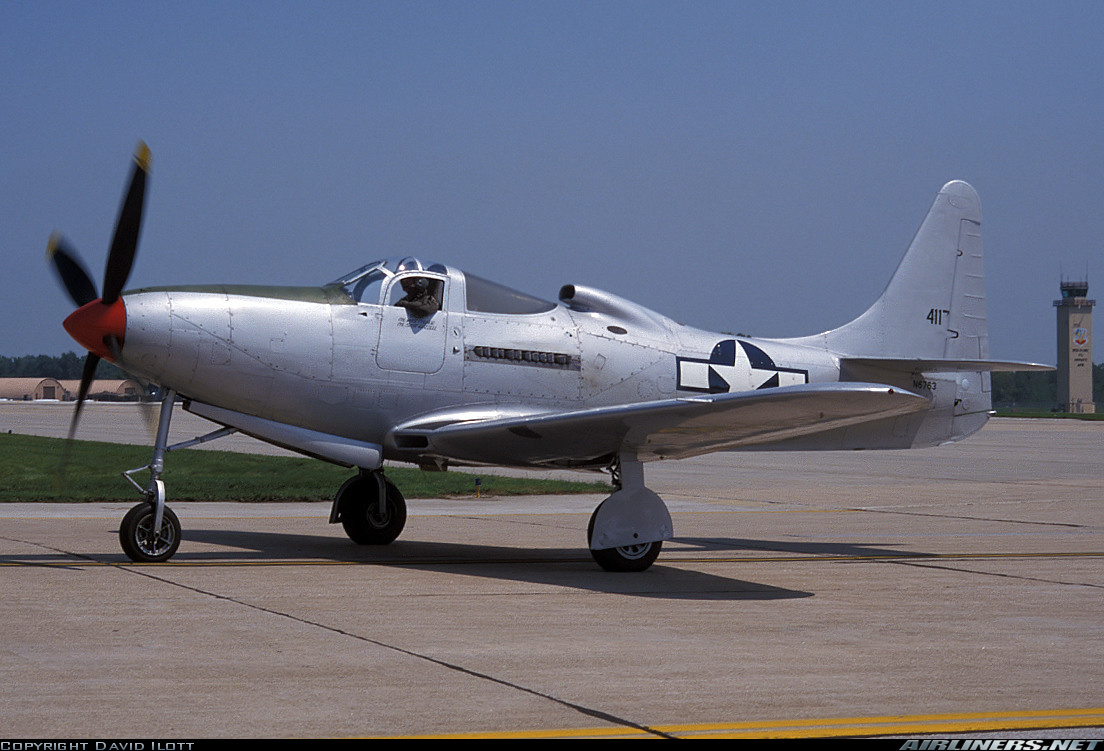
Bell P63F Kingcobra Untitled Aviation Photo 1202221
The Bell P-63 Kingcobra was a considerable improvement over the P-39 Airacobra and although both airplanes looked similar, the P-63 was a larger and heavier aircraft. It was not accepted for combat use by the United States Army Air Force (USAAF), but it was used successfully on the Eastern Front by the Soviet Air Force. Nearly 3,300 aircraft.

Bell P63 Kingcobra Price, Specs, Photo Gallery, History Aero Corner
Performance Cruising Speed: 378 mph Max Speed: 410 mph Range: 450 miles Ceiling: 43,000 ft. Rate of Climb: 3,600 ft./min. initial Armament 1x 37mm cannon firing through the propeller hub 2x 0.50 caliber machine guns mounted in the upper nose of the fuselage firing through the propeller

Bell P63A Kingcobra Untitled Aviation Photo 1331784
P-63 Kingcobra Information File: Bell Aircraft's P-63 Kingcobra was a development of that company's earlier and better known P-39 Airacobra. Although originally designed as a high-altitude pursuit fighter equipped with a supercharger, the U. S. Army decided to put the Airacobra into production without the supercharger installed..
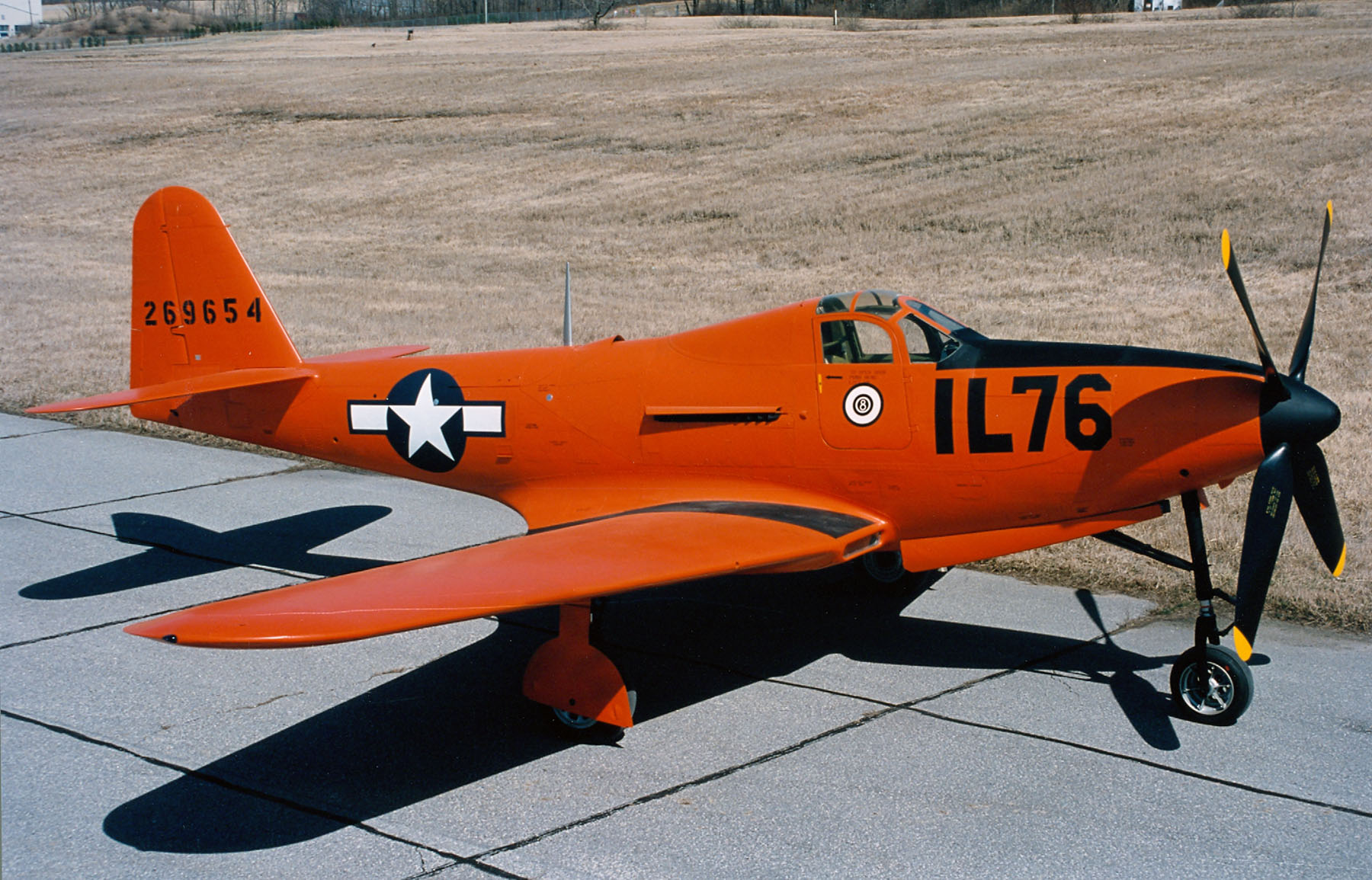
Bell P63E Kingcobra > National Museum of the United States Air Force™ > Display
Description Manufacturer: Country: Manufactured: 1943 to: 1945 ICAO: P63 Price: US$0.065 million (1945) Performance Weights Dimensions Avionics: Engine: 1x Allison V-1710-117 Piston Power: 1,800 horsepower Max Cruise Speed: 360 knots 667 Km/h Approach Speed (Vref): 91 knots Travel range:
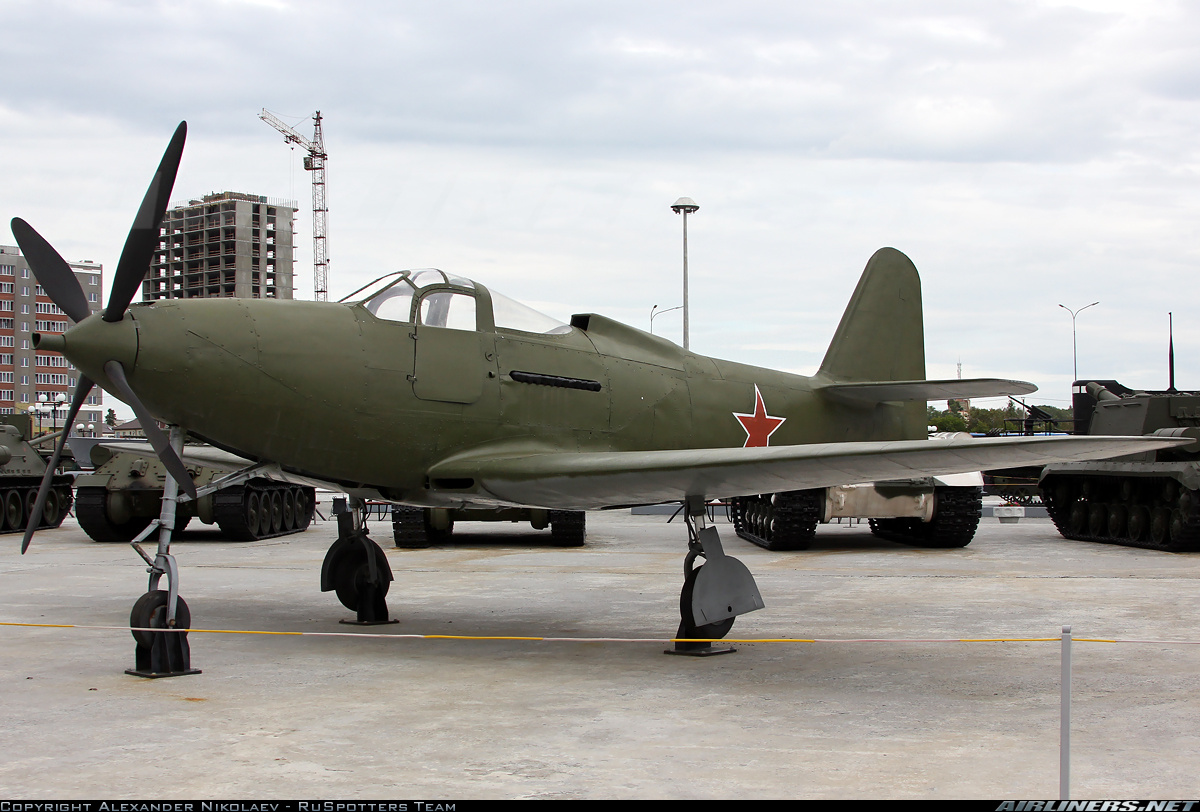
Bell P63 Kingcobra Russia Air Force Aviation Photo 2552918
Length: 32ft. 8in. Height: 12ft. 7in. Performance: Maximum Speed at 25,000 ft: 410 mph Cruising Speed: 378 mph Ceiling: 43,000 ft. Range: 450 miles (2,200 miles in ferry configuration) Armament: One 37-mm M4 cannon Two nose-mounted 12.7-mm (0.5-inch) machine guns Up to three 522-pound bombs Number Built: ~3,300

Bell P63 Kingcobra Mitsue Bolden
On November 12, 2022, about 1322 central standard time, a Boeing B-17G airplane, N7227C and a Bell P-63F airplane, N6763, collided in midair at the Dallas Executive Airport (RBD), Dallas, Texas. A post impact fire ensued. The pilot, co-pilot, and three crewmembers onboard the B-17G and the pilot of the P-63F were all fatally injured.
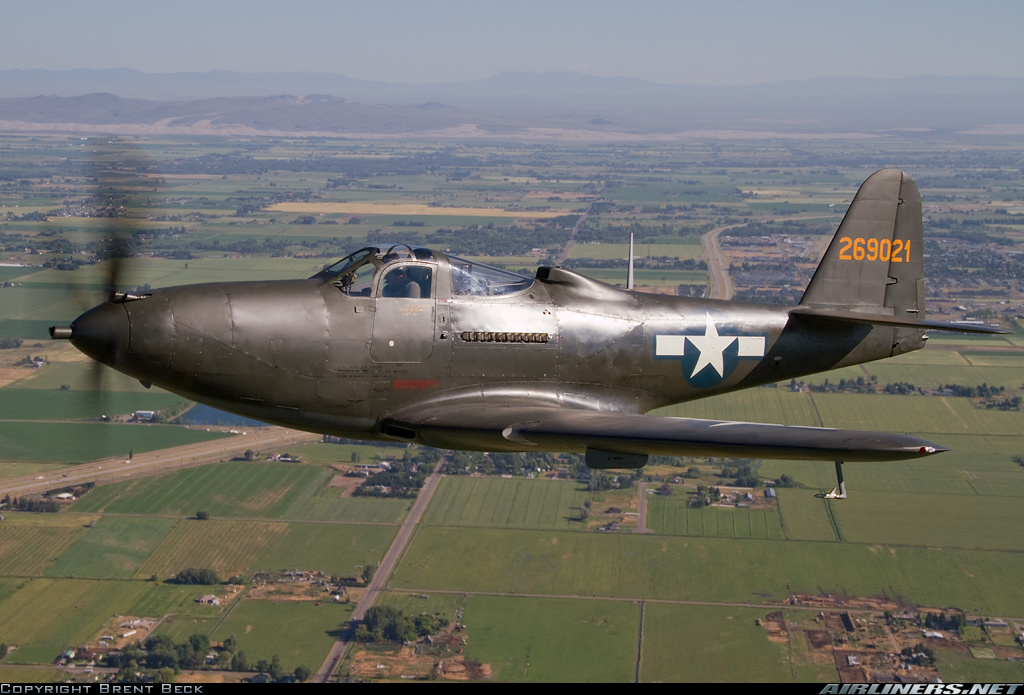
Bell P63C Kingcobra Untitled Aviation Photo 1755225
The Bell P-63 Kingcobra is one of the sleekest, cleanest warbirds in the world, and the P-63F you see here, which was returned to flight by the Commemorative Air Force in May, is doubly fascinating because it's one of a kind: Only two F models were ever built, and this is the only one to have survived.
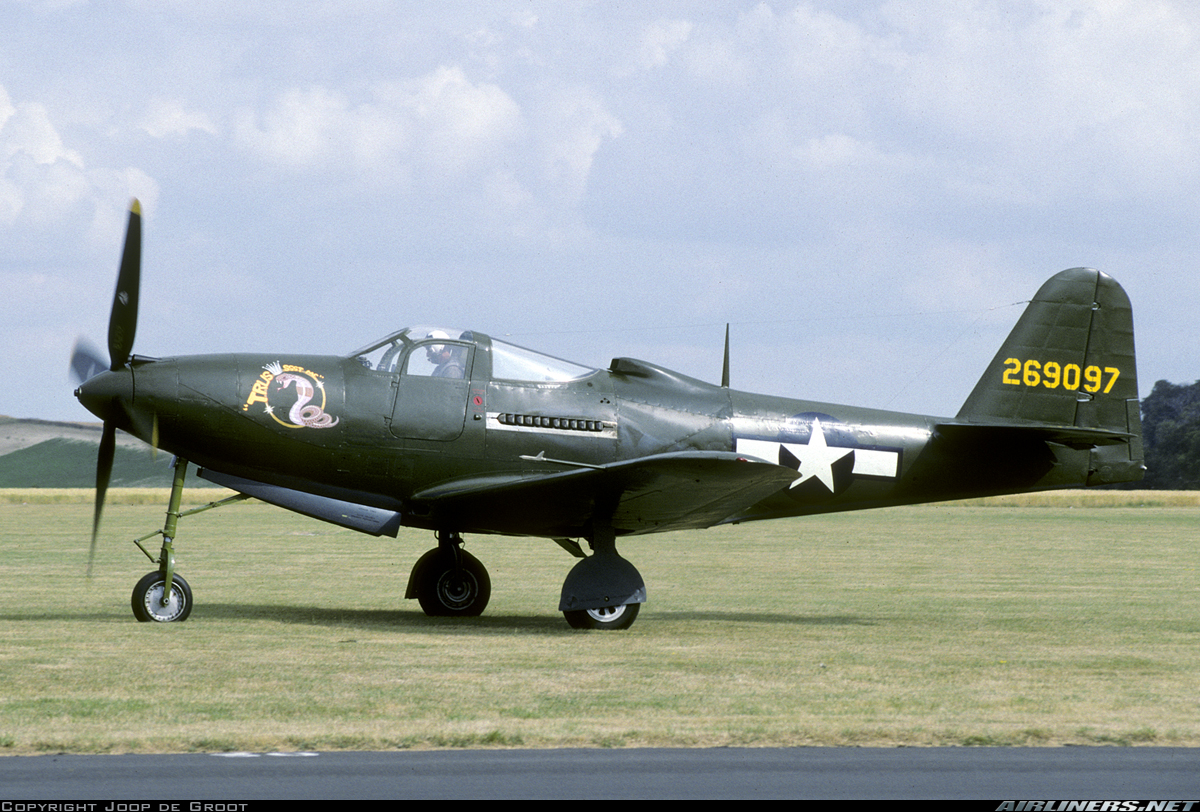
Bell P63A Kingcobra Untitled Aviation Photo 6124781
The planes — a Boeing B-17 Flying Fortress and a Bell P-63 Kingcobra — crashed at about 1:20 p.m. local time, the Federal Aviation Administration said. The crash happened at the Wings Over.

Bell P63C Kingcobra Untitled Aviation Photo 4243665
Both aircraft were destroyed on impact. On November 30, the NTSB released a preliminary report, highlighting the absence of altitude deconfliction briefings and revealing that the P-63's GPS navigator failed to record any information during the flight, with the ATC audio released on January 12, 2023, confirming no altitude advice was provided.